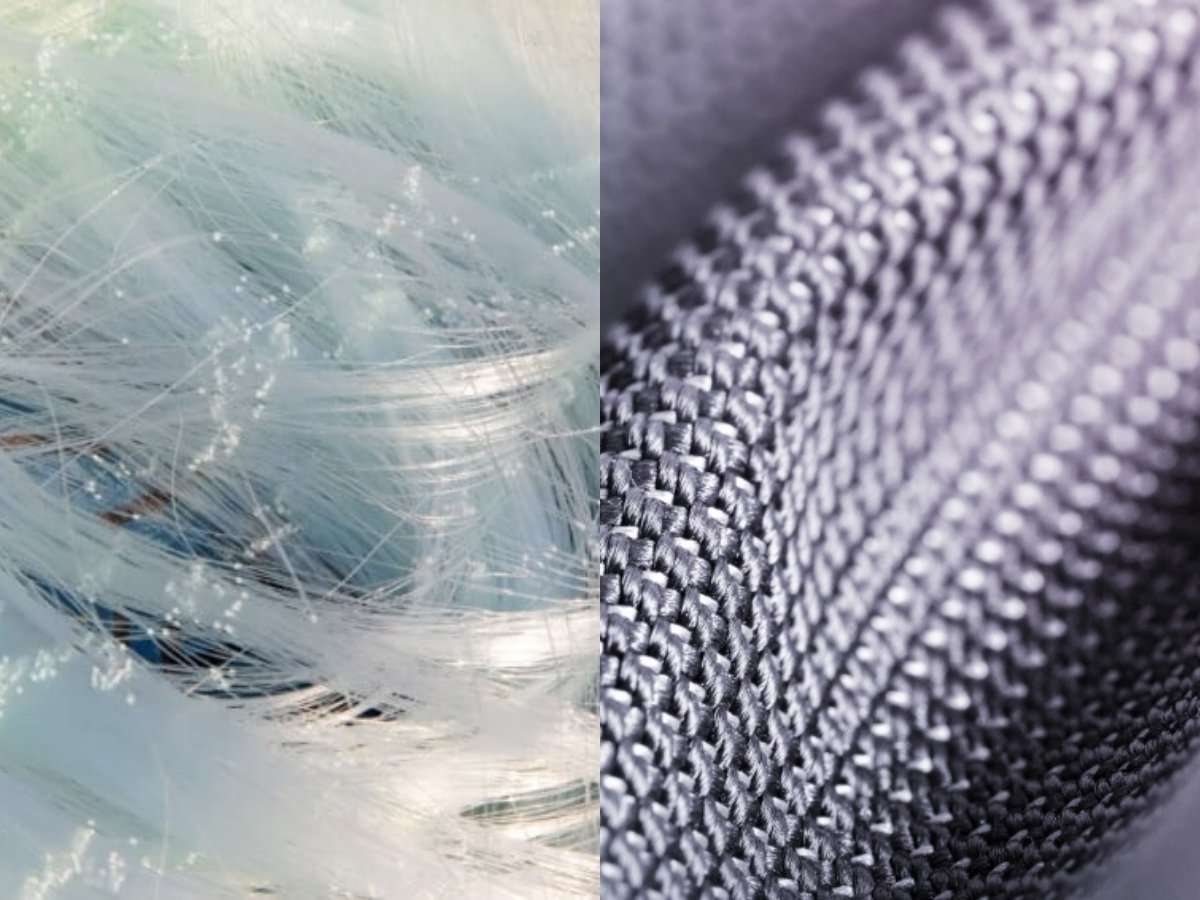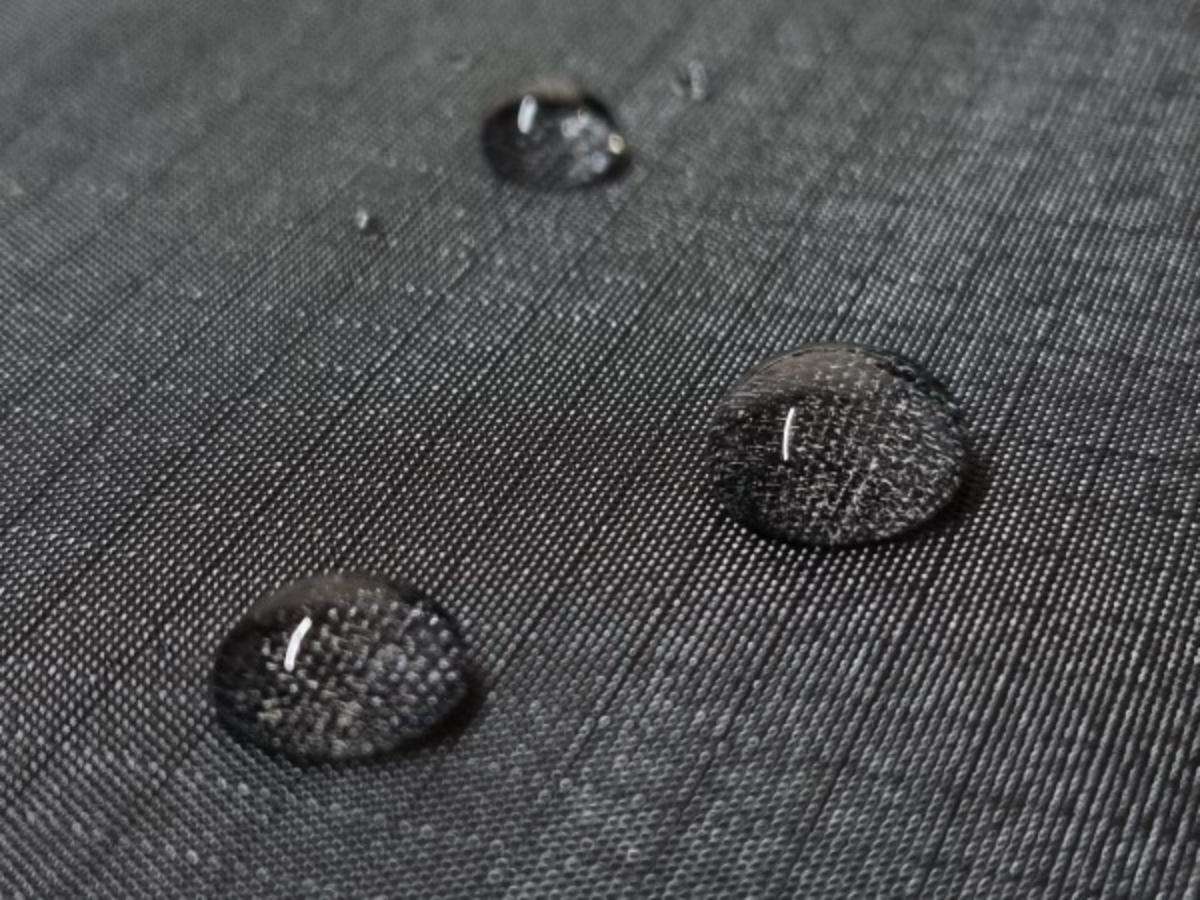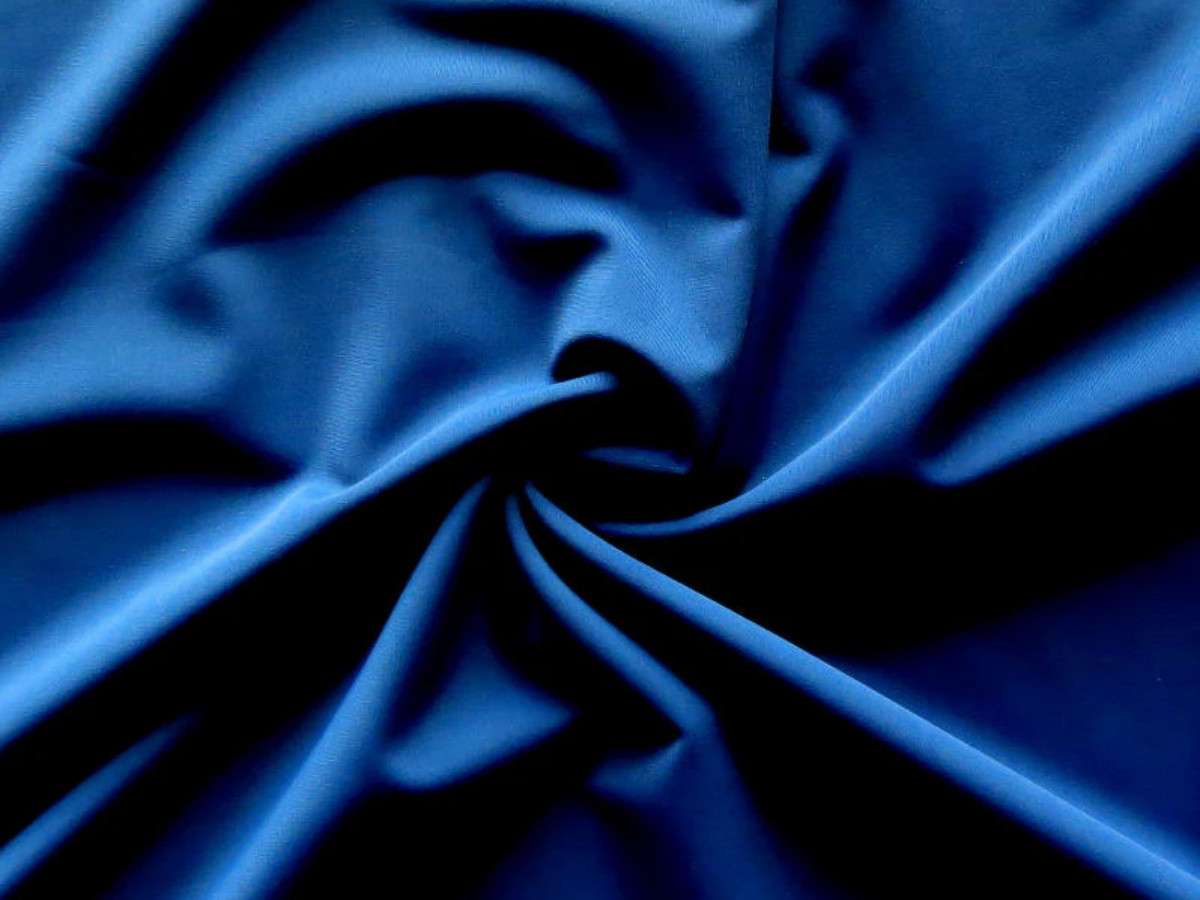
What Is Nylon Fabric? Things You Need To Know About Nylon Material
What is nylon fabric? Revealing the super durable, quick-drying material and how to use and preserve it effectively in modern fashion.
Have you ever wondered what your super lightweight windbreaker or quick-drying swimming trunks are made of? It’s most likely Nylon, a popular and widely used material. This article will help you decode everything about this versatile material.
- 1. Decoding nylon fabric
- 2. Advantages and disadvantages of nylon fabric
- 3. Popular nylon fabrics on the market today
- 4. Diverse Applications of Nylon Fabric in Fashion and Life
- 5. Comparison between nylon and polyester fabric
- 6. How to preserve nylon fabric
- 7. Answering frequently asked questions about nylon fabric
- 8. Conclude
Decoding nylon fabric
What is nylon fabric?
Nylon is a synthetic polymer of the Polyamide group, created entirely from chemical reactions in the laboratory. It is one of the first man-made fibers of great commercial significance, opening a new era for the global textile industry.

Nylon fabric is a synthetic polymer belonging to the Polyamide group.
Origin of nylon fabric
The story of nylon began in the 1930s in the laboratory of the DuPont company (USA). Chemist Wallace Carothers and his team invented this fiber with the initial purpose of replacing expensive silk. The birth of nylon created a real revolution, especially with the fragile, durable stockings that became a fashion symbol for women at that time.

Chemist Wallace Carothers invented nylon fiber.
Structure of nylon fabric
Nylon is essentially made up of super long and strong polymer molecular chains that are pulled into thin strands to be woven into fabric. It is this tightly bound structure that gives nylon its incredible strength and toughness, making it an indispensable material in many fields.

Structure of nylon fabric
Advantages and disadvantages of nylon fabric
Advantage
Nylon fabric is one of the most popular synthetic materials today thanks to a series of outstanding advantages. Below are the reasons why nylon fabric is always in the top choice for both fashion and outdoor equipment.
- Durable, good strength: Nylon has high abrasion and tear resistance, suitable for products such as backpacks, belts, sportswear, travel gear, etc.
- Waterproof, quick-drying: The nylon surface limits water absorption and dries very quickly, ideal for windbreakers, swimming trunks or sportswear.
- Good stretch and elasticity: Nylon keeps its shape stable, does not stretch even after many washes, suitable for clothes that need to be tight and flexible.
- Super light, less wrinkled: The material is light, easy to fold and does not wrinkle easily - convenient for moving, storing or traveling.
- Easy to dye and colorfast: Nylon catches color well, giving the product a bright color and is difficult to fade after a long time of use.
- Anti-mold, anti-insect: Being a synthetic fabric, nylon is not affected by mold or insects, helping to preserve clothes longer.
Disadvantages
- Poor breathability: Due to its waterproof properties, pure nylon fabric is quite stuffy, does not absorb sweat well, and can easily cause a feeling of heat when worn in hot weather.
- Easily damaged by high temperatures: Temperature is the number one enemy of nylon. Ironing at high temperatures or drying by machine can cause the fabric to shrink, melt, and permanently deform.
- Easily absorbs grease and static electricity: The nylon surface easily absorbs oil-based stains and causes static electricity (clothes stick to the body, especially in the dry season).
- Environmental impact: Like other synthetic fibers, nylon is not easily biodegradable. However, high durability helps extend the product life cycle, reducing fashion waste. In addition, the industry is gradually switching to using recycled nylon as a more environmentally friendly solution.
Popular nylon fabrics on the market today
Nowadays, nylon has many different variations to suit each purpose of use. Below are the most common types of nylon fabric that you can easily come across:
1. Nylon 6 and Nylon 6.6
These are the two most basic and common types of nylon, often used to make socks, underwear, sportswear or protective gear. Both have in common the characteristics of being durable, lightweight, quick drying and good shape retention.

Nylon 6 fabric
2. Nylon Ripstop – Tear-resistant fabric
Recognizable for its small squared surface, ripstop nylon is specially woven to prevent tears from spreading. It is ideal for outdoor gear such as tents, backpacks, windbreakers or equipment bags.

Ripstop Nylon Fabric Surface
3. Nylon blended with Spandex and/or Mesh
This is the “ideal sports fabric” formula that is popular with many brands.
- Spandex increases elasticity, creating a tight but still comfortable feeling when moving.
- Mesh creates ventilation holes, helping to regulate heat and reduce the feeling of stuffiness when exercising.

Nylon spandex blend fabric
Diverse Applications of Nylon Fabric in Fashion and Life
Thanks to its many outstanding advantages such as high durability, quick drying and light weight, nylon fabric is increasingly widely used in both fashion and daily life.
In sports and outdoor fashion
This is the field where nylon maximizes its strengths. Products such as windbreakers, swimming trunks, sports shorts, and gym clothes often prioritize the use of nylon fabric thanks to its ability to:
- Lightweight waterproof, water-repellent
- Super light, breathable, flexible movement support
- Durable and quick-drying, suitable for even unpredictable weather
In daily life
In addition to fashion, nylon fabric is also widely used in many essential items such as:
- Underwear, socks, backpacks, handbags
- Parachute cords, fishing nets, guitar strings, toothbrushes, etc.
Thanks to its high durability, good strength and abrasion resistance, nylon is always the first choice in products that require long-term and flexible use.

Applications of nylon fabric
Comparison between nylon and polyester fabric
Nylon and Polyester are often compared because they are both popular materials in sportswear. To help you make your choice easier, here is a quick comparison chart:
| Criteria | Nylon fabric | Polyester fabric |
| Durability | Superior, very good abrasion resistance | Durable, but slightly less than Nylon |
| Softness | Soft, smooth and feels more like silk | Feels a bit rougher, more plastic-like |
| Elastic | Better natural stretch, high elasticity | Less stretchy, needs Spandex blend for elasticity |
| Drying ability | Quick drying | Extremely fast drying, better water resistance |
| UV protection | Poor, susceptible to sunlight | Very good, top choice for sun protection |
| Price | Usually higher | More affordable, more accessible |
From the comparison table above, we have some notes when choosing clothes made from nylon or polyester fabric:
- Choose Nylon for: High-performance windbreakers, specialized wetsuits, mountaineering wear, or when you prioritize softness and superior durability.
- Choose Polyester for: Everyday sports t-shirts, running clothes that need good sun protection, and when budget is an important factor.

Comparison of nylon and polyester fabrics
How to preserve nylon fabric
To keep nylon clothes looking like new, just remember the simple tips below:
- When washing: Always wash with cold water to avoid damaging the fabric structure. If using a washing machine, turn the product inside out, put it in a mesh laundry bag and choose the gentle wash mode (Delicate) to protect the fabric surface.
- Use chemicals appropriately: Prioritize using neutral detergents, avoid those with strong detergents. You can use mild fabric softener to help soften the fabric and limit static electricity.
- When drying: Absolutely do not dry at high temperatures or dry directly under strong sunlight. Instead, dry in a cool, shady place to let the fabric dry naturally, keeping its color and durability.
- When ironing: Nylon fabric is usually less wrinkled, so there is almost no need to iron. If necessary, iron at the lowest temperature and line a thin layer of cloth underneath to avoid melting the nylon fibers.

How to preserve nylon fabric
Answering frequently asked questions about nylon fabric
Is nylon fabric hot?
Yes, if it is 100% nylon. But modern sports products are often blended or have breathable weaving technology to overcome this, making the wearer more comfortable.
Does nylon fabric wrinkle?
Not much. This is one of the least wrinkled fabrics, very convenient for busy people.
Is nylon fabric safe for the skin?
Generally safe. However, people with super sensitive skin may feel a bit stuffy if wearing tight nylon clothes for a long time.
How to identify nylon fabric?
You can feel it by hand: the fabric is usually smooth, silky, has a slight shine and is not immediately waterproof. When burned, nylon will melt and shrink into hard black plastic beads, with a characteristic burnt smell.
Conclude
With the above information, we hope you have a more comprehensive view of what nylon fabric is and why this material is so popular. With outstanding advantages such as high durability, light weight and quick drying ability, nylon has become an ideal choice for those who love convenience, especially in sportswear, travel and outdoor activities.
When you understand the characteristics and know how to preserve it properly, you can fully exploit the benefits that nylon fabric brings. Hopefully, with the above sharing from Celidior, you will easily choose the right product for your needs as well as your personal style.










Laisser un commentaire
Ce site est protégé par hCaptcha, et la Politique de confidentialité et les Conditions de service de hCaptcha s’appliquent.